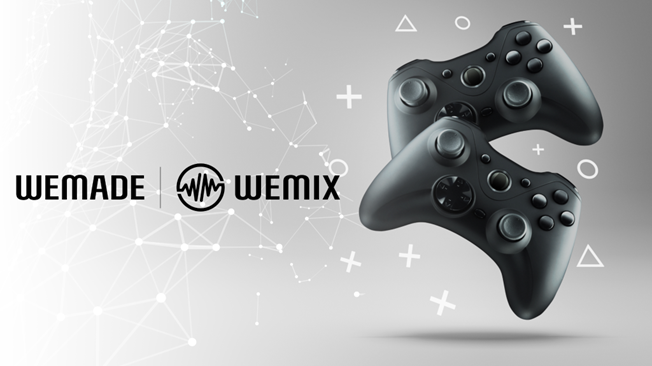Web 2.0 games or traditional games have long been the only form of entertainment in the gaming space. Popularized with the development of computers in the 80s, and the internet at the turn of the century, traditional video games available through PC, consoles, mobile phone, and other venues have amassed billions of users worldwide.
Fast forward to the 2010s, Bitcoin and cryptocurrencies started to make waves in the financial world, and soon after blockchain technology found its way into the gaming industry. Games embedded with blockchain technology have quickly gained the attention of the general public outside of the gaming community through their ability to improve one’s financial position through the Play and Earn (P&E) ecosystem. However, the response from the traditional gaming community is mixed.
A look at the numbers
The proof is in the numbers. The US gaming sector is currently valued at $95.4 billion whereas blockchain games are forecasted to generate more than $260 billion in revenue by 2025.
But what sets blockchain games and traditional games apart? For one, blockchain games have in-game assets which have monetary value and real-world use cases, unlike traditional in-game assets, which are trapped inside the game. Secondly, the assets are owned by the players, as opposed to the gaming company which gives users a sense of ownership. Users can freely and seamlessly buy, trade, and stake their assets. The combination of all these things is perhaps what sets apart blockchain games from traditional mainstream games.
Pitfalls of blockchain gaming
Blockchain gaming has been met with some amount of skepticism in the past, and it is not without good reason. Many Play-2-Earn (P2E) games suffer from players consistently cashing out and removing value from the game, without making any contributions to the ecosystem. Others criticize the high barrier to entry to some Play-2-Earn games, which require hundreds of dollars of investment just to play the game. This is why Wemade, South Korea’s pioneering blockchain gaming developers are advocates for including both functionality and fun for a holistic gaming experience.
Well-made games that provide both high-quality gaming experience with the ability to connect the in-game economy to the real economy can break the stigma surrounding blockchain games and attract traditional gamers who were previously on the defense regarding Play & Earn economy models.
The top-grossing blockchain game
MIR4 Global is known to be one of the most successful blockchain games with millions of users playing every month. Although it was launched just a year ago, it has recorded over 20 million accumulative users and $160 million in in-game revenue in a short span of time.
This Play & Earn MMORPG uses blockchain technology to provide players with more advantages such as the ability to earn in-game tokens and use them in other games onboard the Wemix platform, create and trade NFTs, staking programs, and more! The game boasts an open-world premise capitalizing on a long-standing fandom of the Legend of Mir series of over 20 years, impeccable graphics, and fight designs.
The game provides users with a similar experience to traditional gaming while still being innovative with the blockchain features it offers. According to several experts, it’s one of the most effective fusions of conventional video games with the blockchain world.
Blockchain gaming has disrupted both the traditional gaming and cryptocurrency space. It has transformed the role of gaming from a way to pass time to providing a legitimate source of income and giving control of in-game assets back to the users. As industry players address the issues of real-life usage and overall game quality, the industry will very likely experience healthy growth in the near future.
